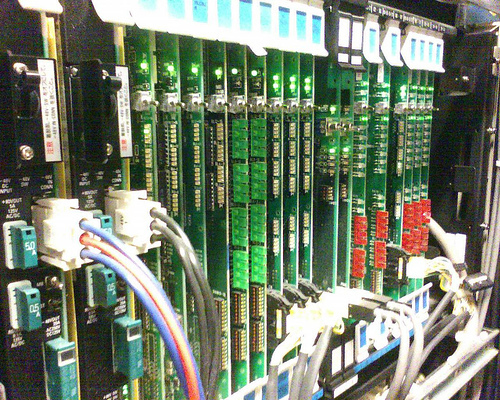Coming from multiple perspectives, your business can obtain many benefits from Unified Communications as a Service, or UCaaS. An enterprise can profit from the improvements in worker productivity that it offers, as well as the reduced cost of implementation and the speed of installation. Migration to a hosted UC solution, however, is not perfect, and not without its pitfalls. Here are five major ones to look out for.
• Lack of Evangelist
Perhaps the most important step, and also the most overlooked, is to have at least one user evangelist within your user community. This person needs to be made well-known to your organization; they need to be the individual that’s most active in promoting the use of the UC tools such as collaboration, IM, and presence. They should also be the go-to person for UC training if it is required by any individual or department within the company. Generally speaking, this position is best filled with a mid-level manager that has the support of the rest of the management team.
• Employee Engagement and Knowledge
In the midst of all the changes, it’s important to not overlook your employees. They’ll want to know exactly WHY their tools, their job functions, and the ways in which they are used to communicating are all changing. They’ll need to understand the reason for those changes, and they’ll assuredly want to provide their input. If upper management hands down a universal decision from their ivory tower without asking for review or input from worker representatives, then adoption of UC will be slow at best. It may even fail entirely.
• Network Assessment
Don’t be so quick to assume your network is completely capable of handling the UC solution you’ve picked. Hitting a poorly designed network with video, data and voice all at once without a full assessment first can only result in low-quality results. Additionally, if you’ve set your users up to expect a certain level of service, and they don’t get that, your business won’t get the predicted ROI. You have to fully assess and possibly upgrade your LAN before implementing UC. You have to determine its condition so that with continuous monitoring, network performance objectives can be maintained.
• Device Selection
A poor policy or process in choosing and assigning models of phones can have a negative impact on employee productivity. There are several mistakes that can seriously have an effect on the long-term success of your UC implementation. One of them is to base the selection of phones on employee position. Another is to base cost on functional use requirements. Generally speaking, phones should not be distributed in categories of executive, manager and office workers. This typically leads to less functional and more mediocre phones for the workhorses, and more expensive and far more underutilized phones for executives.
A much better idea is to assign and evaluate the phones by examining the job functions of the employees, and picking a phone for them that matches those attributes. Employees that are working together in one location that conduct their business and primary job functions without much interdepartmental communication might not need mobile clients or video cameras. At the same time, workers that are separated by geographic distance might profit from cameras. Workers that have to travel to meetings with customers might do well to have mobile phones with UC clients on them.
• Cost and time to train users
Although it sounds like a simple solution, UC consists of several major parts. Each of these parts necessitates training and practice, preferably in a hands-on workshop environment, and repetition to learn. These elements include Unified Messaging (voice- and fax-to-email), mobile, desktop and laptop clients, collaboration tools (including desktop sharing, web meeting, video and audio conferencing), instant messaging and presence tools, and of course the basic PBX functionality. In the interest of expediency, this training is typically presented in one day, without enough follow-up or workshops.
But have you ever tried drinking from a fire hose? Probably not, but you can imagine the experience. For the typical user, it’s a lot of overload — too short of a time to be presented with such an amount of information. A better type of training would separate these elements, presented two a day at most. In this way the user would have a better chance of learning the material better, and having it sink in. Your enterprise would then see its ROI grow even greater, as employees would be able to actually use Unified Communication effectively.
Michelle Patterson is excited with the new technologies that are threatening to change the way we stay in touch and communicate, particular in business. She works with companies that are introducing these technologies to make understanding them easy for regular people.
Michelle Patterson is a blogger more interested in HRMS, Technology, and Business. She has been invited by many companies to see their products and love sharing the knowledge and experience with the world.





















































































































































































